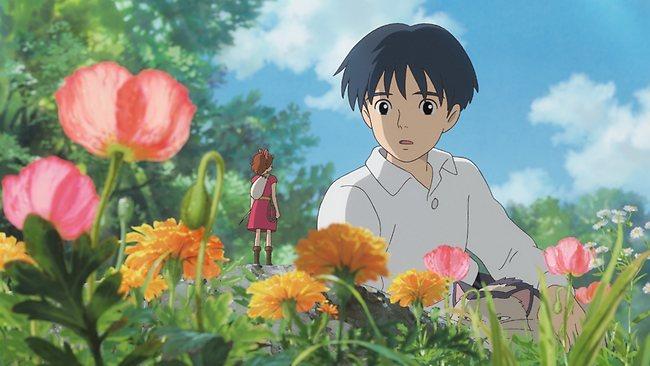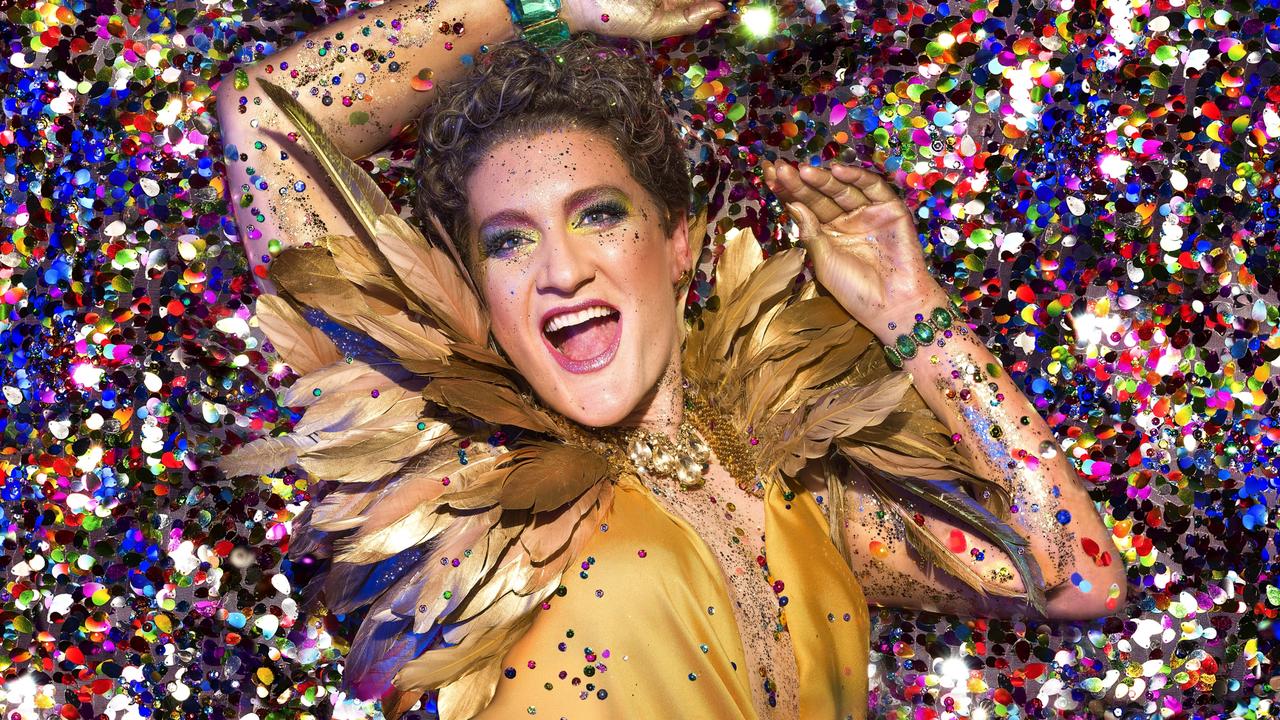Japanese animation is full of little pleasures
ARRIETTY is an enchanting story of a family of little people living beneath the floorboards of a house inhabited by humans.

THE latest film from Japanese animators Studio Ghibli is an enchanting story of a family of little people living secretly beneath the floorboards of a house inhabited by humans.
Like the studio's 2004 film Howl's Moving Castle, it's adapted from a popular English children's novel, in this case The Borrowers, written by Mary Norton and first published in 1952.
In Australia the film is being released, as usual for Ghibli, in two versions, one an English subtitled print with original Japanese dialogue, the other with English dialogue.
The latter was the one screened for media, and while I've always preferred to watch the studio's invariably superb animations in the original Japanese versions, this time I've no complaints. Instead of the usual American accents the studio has used a voice cast of British and Irish actors, including Saoirse Ronan as the diminutive title character, and the voices are exactly right for an English fantasy. (There's also an American version for the US).
Deciding where the story takes place is not as straightforward as you'd imagine. For all the Englishness of the voices and story origins - not to mention that the little people are always drinking tea - the film is an intriguing amalgam of different cultural influences. Witness Arrietty's Gallic-sounding name (reminiscent of the late French actress Arletty), and especially the glorious visuals, which appear strongly influenced by the French impressionist painters - Renoir's poppy fields, Monet's gardens et al.
The faces don't offer any clues, since they feature the oval-eyed, Westernised look beloved of Japanese anime, and the character names are an odd mixture. Arrietty's mother and father are called Homily and Pod. Sounding unmistakably Japanese are Sho, the sick young human boy at the centre of the story (seen at one point reading a book covered in Japanese script), and the wicked housekeeper, Haru. But what are we to make of Spiller, a young tiny visitor who dresses as a native American and hunts with a bow and arrow?
One further detail intrigued me: the densely vegetated gardens surrounding the house could easily be northern European, but the level of cricket noise (the film takes place during high summer) suggests more exotic climes. Not until I read the official media notes after seeing the film did I discover the film is set "in the suburbs of Tokyo".
But ultimately the melange of influences does not stop the film from working its considerable magic; it adds to its uniqueness and charm. While its world is constructed from elements familiar from our own, the end result is of course a fantasy universe - a world of wonder and delight nonetheless rooted in recognisable human behaviour and emotions. This world is closer to ours than the surrealistic, shape-shifting world of Ghibli's earlier Spirited Away, but it is nonetheless a place for wonder.
My only regret is that I came to it as adult. This film is not childish. It will, I'm sure, be greatly enjoyed by viewers of all ages. The idea that secret creatures live among us, whether fairies, leprechauns or elves, is an irresistible to one to children. Young people are bound to believe in its world more intensely - perhaps even literally.
Arrietty's family members have no magical qualities, they just happen to be only a few centimetres tall. The description "Borrowers" comes from their living off of small objects - a sugar cube here, a pin there - they secretly filch from the human family living above them. They never seem to actually return anything, figuring that the humans will never notice that anything is missing. The word "borrowing" is of course a euphemism, and a pedant might start an ethics lesson here. The rest of us will join in the fun.
The story begins with 12-year-old human Sho, moving into his widowed grandmother's idyllic country house where his mother used to stay as a child. We soon learn that Sho is suffering a serious illness and has come here to try to recuperate - possibly to die. On his first day he spots a tiny figure moving through the garden's wild undergrowth. This is Arrietty, gathering leaves and flowers to decorate her bedroom with.
An expedition into the humans' home to borrow a sugar cube provides the film with its first major set piece, and it's a cracker. Although free to scramble out of a grating beneath the house to explore the world outside, Arrietty has never been allowed to venture into the human's house. But Pod, her father (voiced by Mark Strong), decides it's time for her to venture with him. So they set out, kitted out as if for a mountaineering expedition.
The moment I realised I was falling in love with the film arrived early: the pair precariously hop along a series of nails hammered into the wall, before climbing towards the house via a pulley system. From here it's magic all the way: the exploration of a doll's house (exactly the right size for the Borrowers). But it's not all plain sailing. The sounds of the human world are amplified into terrifying noises for Arrietty. There's a particularly effective sequence in which the sound of the kitchen clock turns into the girl's heartbeat and back again.
The heart of the story concerns Arrietty's developing relationship with Sho and its dramatic effects. Initially allowing herself to be glimpsed as a shadow, she gradually makes herself known to the boy - potentially dangerous behaviour. Her family believes that to reveal its existence to the humans would be life-threatening. Sho is a good-hearted character - his one-dimensional niceness is the nearest the film comes to sentimentality, but it's never the gooey or sickly sentiment that we might encounter in a Disney film.
Pod is a traditional strong male, venturing into the outside world, while nervous mother stays home baking, but Arrietty represents the new generation of woman who's determined to go her own way. But if there is a message about the change in female roles, it's implicit.
Nearly all Studio Ghibli films to date have been directed by either Hayao Miyazaki (Spirited Away) or Isao Takahata (Grave of the Fireflies), who are now getting on in age. This film is the work of a new, younger director, Hiromasa Yonebayashi, who has served a long apprenticeship as one of their key animators. Judging by the results, the studio's creative future is assured.


